Vision 2047: let Shaheen land on the ground
Country lacks bold, radical ideas with absence of resolve to convert ideas into policies

There was vision 2010. Then there was vision 2025 and now there is vision 2047. I was part of the team that launched vision 2010 and helped in developing Pakistan's first network of "Champions of Reforms", a select group of 5,000 citizens who volunteered to work with the Planning Commission to provide inputs and ideas for planning.
Before we could benefit from that network, the PML-N lost the government. That was in 1999 and after 25 years, as I started reading Uraan Pakistan booklet, I saw an action replay.
What went wrong? Using words of the author of these vision documents, Ahsan Iqbal, "earlier initiatives such as Vision 2010 and Vision 2025 set transformative goals but were derailed by political instability, policy reversals, and a lack of continuity." I do not agree. In the last 25 years, Pakistan has experienced a broad level of political stability and policy continuity. There have been changes in political administrations, but the overall direction of the economy, strategies, and challenges remain on the same spectrum.
We have remained in different IMF programmes for the most part practically, that provided a consistent macro-economic framework. Yes, we have not followed the programme completely but there was at least a uniform framework.
We have followed the same strategy to improve our tax collection – through enforcements and administrative measures, without a radical change in the policy. We have remained heavily protected economy through tariff and other tariff like measures such as import taxes. We have followed the approach of infrastructure development-centric growth strategy through a network of motorways and highways.
In fact, Pakistan may be a case where bad policies have continued to remain in place for a long time, thus cementing strong inertia against any reforms. We have not seen the consequences – yet largely due to bailouts from international agencies and friendly countries.
We do not lack in stability; there is perhaps too much of it in a real sense, once you filter through cosmetic changes in political setups. We lack in bold and radical ideas and an absence of political and intellectual resolve to convert these ideas into policies.
Uraan Pakistan is based on the 5-E framework that the PML-N-led government launched in 2022: exports, e-Pakistan, environment and climate change, energy and infrastructure, equity, ethics and empowerment. These count as 7 Es actually. According to the document, its successful implementation will depend on "ensuring political stability, promoting peace and security, developing human capital, establishing governance frameworks and establishing policy and legislative reforms".
Given our foreign policy, and tensions with all neighbours due to perceived and actual security risks, the general condition of peace and security cannot be achieved unless major changes are introduced. Pakistan's military conducted 59,775 intelligence-based operations in 2024. This has obvious fiscal, logistical and political implications. It gives the message of insecurity and not of security.
Human capital
With 26 million children out of school, we cannot achieve any reasonable level of human capital development. Another alarming number is a very low number of average years of schooling. Pakistan has an average of 4.5 years, placing it at 139th place among 150 in global listing.
This cannot be solved unless we fundamentally alter our education spending priorities. Pakistan does not need more universities; it needs more, functional and better schools, including scaling of projects like education vouchers schemes, which have been successfully operated by various provincial governments.
Uraan Pakistan sets various targets and in next five years it aims to achieve compound annual growth rate of 6% of GDP, $50 billion in exports, 6% inflation rate, $5 billion in ICT freelancing industry, 50% reduction in projected greenhouse gas emissions, 10% share of renewables in energy, and 13% decrease in income poverty incidence.
Redundant targets
From these, two targets are redundant as of now. Pakistan has already 10% renewable energy mix, and in fact earlier government documents have announced to bring this to 30% by 2030. Therefore, Uraan target on renewable power share is set backward.
Similarly, Pakistan has achieved 6% inflation target, which is the key mandate of the State Bank of Pakistan, committed to keeping monetary inflation between 5% and 7%.
Organic growth
If we let our IT sector grow by its own, and do not create obstructions by internet closures and payment restrictions, IT export will surpass the announced target without any government support.
Our poverty incidence has gone up in the last few years – from 24% to almost 40% even by conservative estimates. A reduction in the poverty rate is a natural outcome of reduction in the headline inflation rate as well as depressed commodity prices. Ultimately, economic growth is the strongest remedy. Uraan Pakistan shirks reforms. We need to go down to basics: simplify tax policy and bring down tax rates, fix circular debt and develop energy market, and let free trade work. We need to do painstaking groundwork. Iqbal's Shaheen cannot fly without food on the ground.
The writer is the executive director of PRIME, an independent economic policy think tank

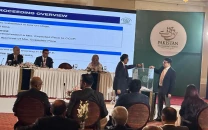
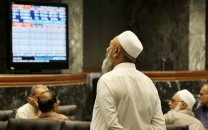
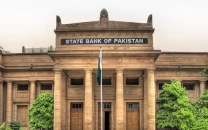
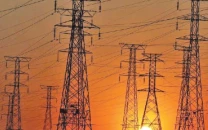
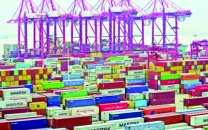

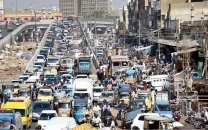
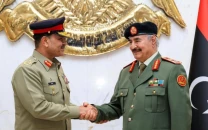

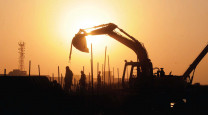
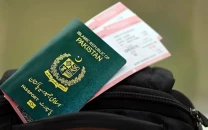






COMMENTS
Comments are moderated and generally will be posted if they are on-topic and not abusive.
For more information, please see our Comments FAQ